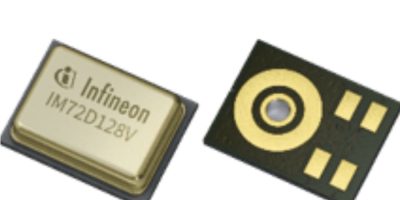Morse Micro has announced the mass production and general availability of its second-generation MM8108 System-on-Chip (SoC). This milestone represents a major leap-forward for Wi-Fi HaLow, bringing data throughput at range, which will enable the next generation of IoT and Edge AI solutions.
The MM8108 Wi-Fi HaLow SoC, which delivers long-range Wi-Fi at speeds up to 43Mbps, is now in full-scale production. This milestone paves the way for a new generation of long-range, low-power IoT devices. Complementing the SoC’s rollout, Morse Micro has made available a series of its Evaluation Kits (EVKs):
● MM8108-EKH01, integrating Morse Micro’s MM8108 SoC with Broadcom’s BCM2711 SoC on a Linux-based Raspberry Pi 4 platform
● MM8108-EKH05, integrating Morse Micro’s MM8108 SoC with ST Microelectronics’s STM32U585 on a FreeRTOS-based IoT platform
● MM8108-EKH19, integrating Morse Micro’s MM8108 SoC on a USB-A dongle with GLi.net’s GL-MT3000 router with MediaTek’s MT7981B Wi-Fi 6 SoC
With the MM8108 entering mass production, module availability is rapidly expanding to meet growing customer demand. Morse Micro’s MM8108-MF15457 reference module is now available to the general public on Mouser.com, while AzureWave’s AW-HM677 module is available for high volume customers directly from AzureWave.
MOB-AH-8108 module is already available to support low- to mid-volume customer requirements, with full mass production scheduled for later this year. Similarly, Quectel’s modules are also scheduled for mass production later this year. This breadth of options ensures developers and OEMs have multiple pathways to integrate Wi-Fi HaLow and bring products to market faster.
As part of this announcement, Morse Micro also unveiled its next-generation evaluation platform, HaLowLink 2. Building its HaLowLink 1, the new platform upgrades the core Wi-Fi HaLow SoC from MM6108 to the MM8108, delivering 43Mbps throughput at extended range thanks to 256QAM modulation rate and 26dBm internal PA on MM8108.
Designed to make Wi-Fi HaLow adoption faster and easier, HaLowLink 2 provides a powerful reference design that simplifies evaluation, prototyping, and deployment of Wi-Fi HaLow networks.







